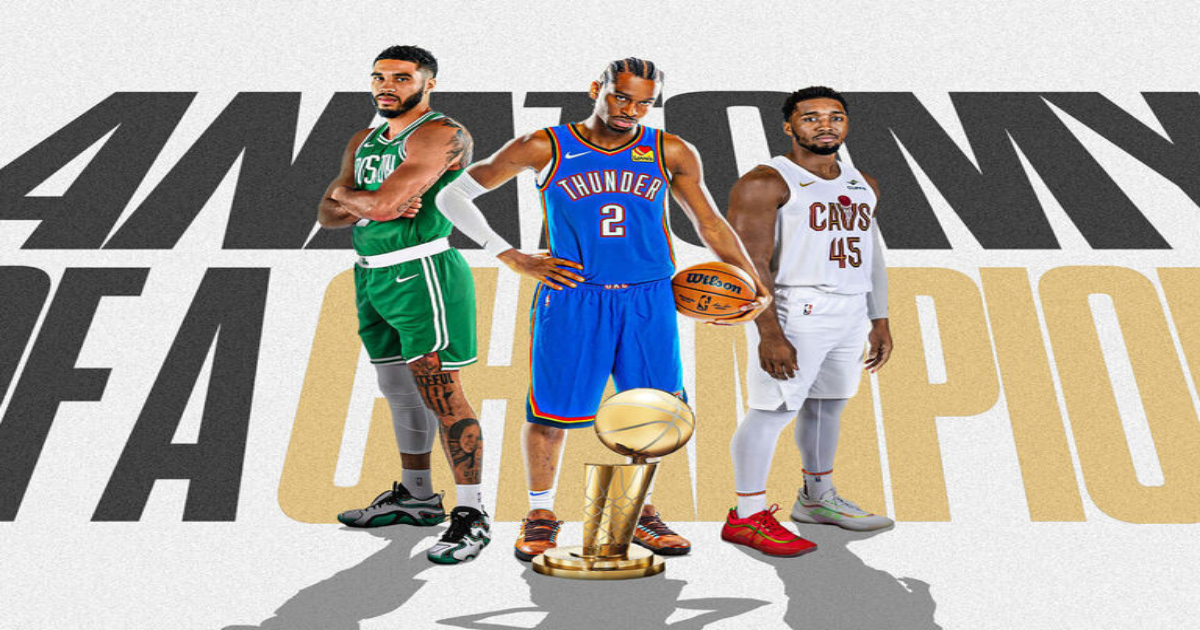What does a champion look like?
Anyone familiar with the pantheon of NBA champs knows certain teams have dominated: Only 14 franchises have won the last 45 titles. But what do they have in common? Is there a statistical profile we can use to learn about this year’s playoff field?
We’re looking for statistical similarities among championship teams over the last 20 seasons – 2004-05 is when the NBA expanded to its current 30-team format. That coincides with the league’s elimination of hand-checking, is recent enough to account for the 3-point and analytics revolutions, and covers the period after which every playoff series became best-of-seven (starting in 2003).
Let’s dig into the numbers.
Win profile
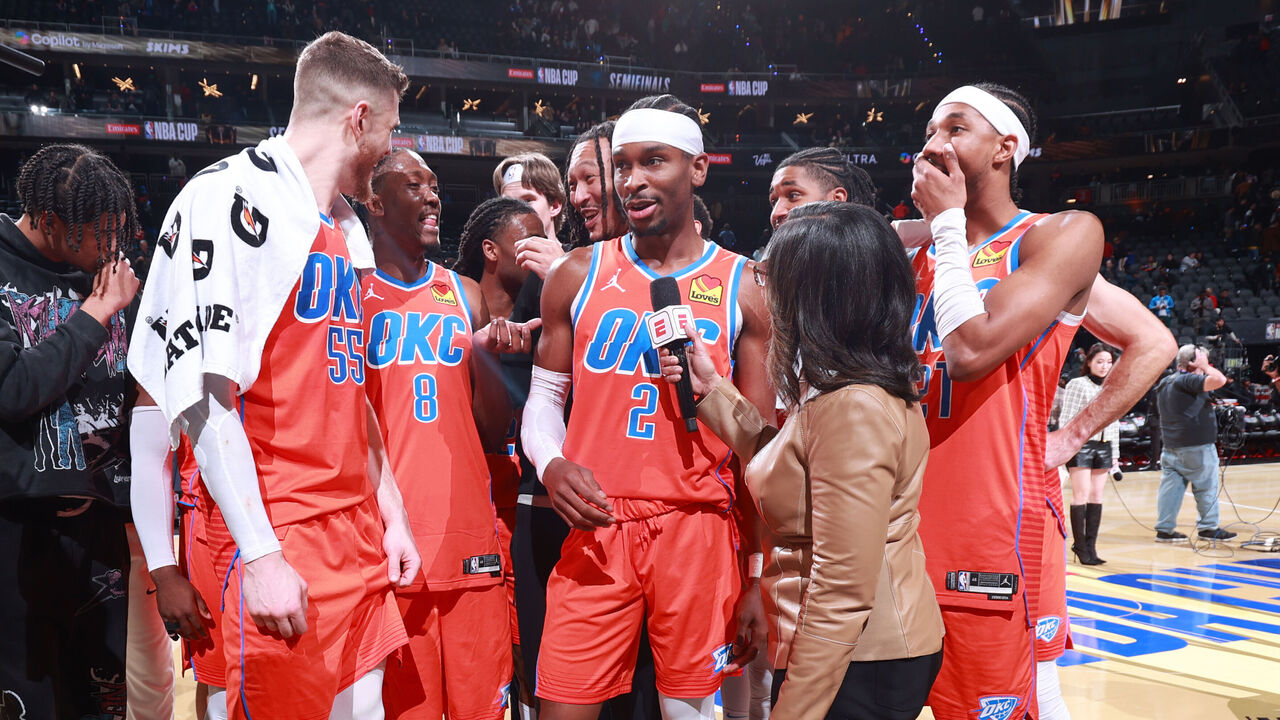
Modern champions have a minimum regular-season win percentage of .634 – the equivalent of 52 wins in 82 games – and ranked in the top seven overall.
That might be a bit conservative since the team with the lowest winning percentage in this cohort, the 2005-06 Heat, produced at a 55-win pace (41-20) after Pat Riley took over coaching duties from Stan Van Gundy. Plus, Miami was on a 58-win pace (42-17) with Shaquille O’Neal in the lineup after the big man missed 18 of 20 games to start the campaign. The 2021 Bucks, meanwhile, used the regular season as a testing ground to prepare for the playoffs and were always better than their seventh-place finish overall.
An NBA champion needs to be inside the top eight in point differential, and even that might be generous. Nineteen of the last 20 champions finished with a top-six scoring margin.
Every modern champion except the 2006 Heat posted a winning record against winning teams, and the lone champion in our exercise to post a losing record on the road – the 2023 Nuggets – still nabbed 19 wins away from home. Meanwhile, each of the last 20 title teams dominated at home, winning at least 70% of their home games during the regular season.
Taking all this data into account, which teams compiled championship-winning profiles in 2024-25?
Teams that fit the bill: Thunder, Cavaliers, Rockets
Potential outliers: Celtics, Clippers
The Celtics are one home win short of qualifying, which seems like an insignificant margin. Meanwhile, both L.A.-based teams are better than their records indicate after the midseason additions of Luka Doncic (via trade) and Kawhi Leonard (return from injury), but the Lakers still wouldn’t have qualified with Doncic in the lineup. The Clippers, on the other hand, met every win-profile qualifier with Leonard in the mix.
Offense
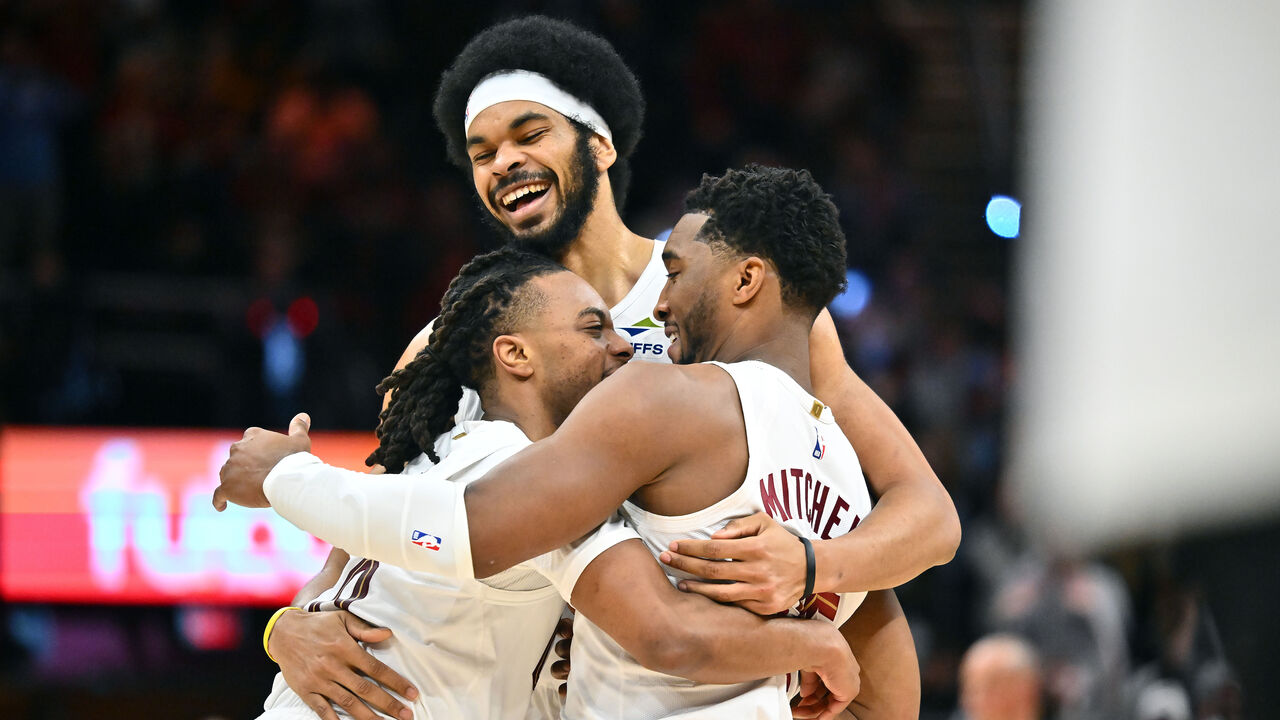 Jason Miller / Getty Images
Jason Miller / Getty Images
The outliers involved on the offensive end make this data the noisiest of any category.
Seventeen of the last 20 champions finished with a top-nine offensive rating, a top-six effective field-goal percentage, and a top-eight half-court offense. Dig deeper and you’ll discover that 12 of the last 13 champions finished in the top nine in 3-point shooting (with 3-point accuracy seemingly more indicative than 3-point attempt rate) as NBA offenses have emphasized the deep ball.
However, when all 20 title-winners from this time frame are considered, a team qualifies as an offensively capable contender by posting a top-16 mark in offensive rating and half-court efficiency, a top-15 effective field-goal percentage, and a top-23 3-point percentage.
Those very modest cutoffs don’t really discriminate. Blame the Lakers’ last two championship teams (2010 and 2020) and the 2022 Warriors, whose mediocre regular-season numbers never told the whole story (like Klay Thompson playing only 32 regular-season games).
Teams that fit the bill: Cavaliers*, Nuggets*, Pacers*, Celtics, Thunder, Knicks, Grizzlies, Timberwolves, Bucks, Lakers, Clippers
(The asterisk denotes the three teams that would’ve qualified using the more exclusive cutoffs.)
Potential outliers: Warriors
A midseason addition once again factors into the equation, as the Warriors would’ve qualified based on Golden State’s numbers with Jimmy Butler in the lineup. Butler’s in-between game, off-ball activity, playmaking, and general basketball IQ revitalized what had become a stale attack in desperate need of a second star.
Defense
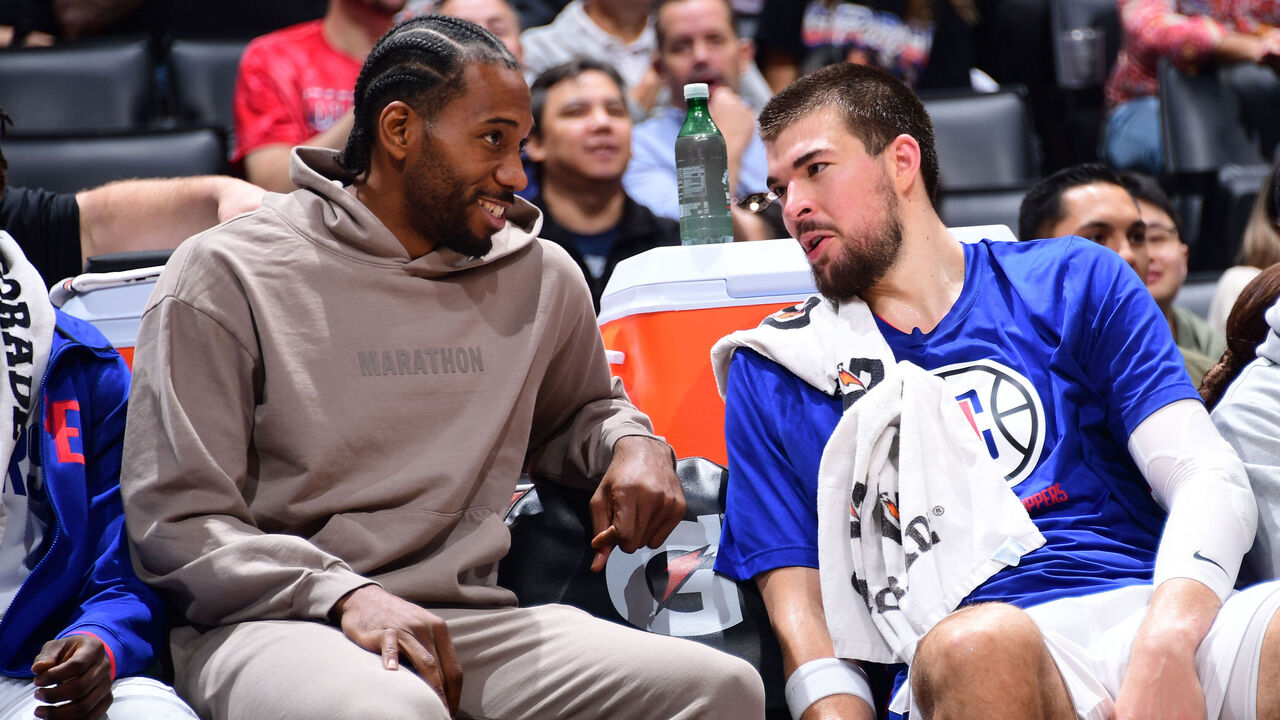
Although the modern era has been defined by the proliferation of 3-pointers, the analytics revolution, and the resulting scoring boom, defensive performance remains more predictive of postseason success.
Every champion in our sample other than the 2023 Nuggets (ranked 15th) finished in the top 11 defensively, and 16 of the last 20 champions finished in the top 10 in limiting opponents’ effective field-goal percentage.
Still, even if the 2023 Nuggets’ pedestrian defense – which ratcheted up in the playoffs – is a sign of the times, Denver still finished the 2022-23 campaign slightly stingier than average. In fact, only two teams in NBA history have won a title with a below-average defense: the 2001 Lakers (1.8 points per 100 possessions worse than league average) and the 1956 Philadelphia Warriors (0.5 points per 100 possessions worse).
Teams that fit the bill: Thunder*, Magic*, Clippers*, Celtics*, Rockets*, Timberwolves*, Cavaliers*, Pistons*, Grizzlies*, Warriors, Bucks
(The asterisk denotes the nine teams that would’ve still qualified using the non-Nuggets cutoffs.)
Potential outliers: Knicks
New York’s 0-10 record against the league’s top three teams, its 15-23 record against squads .500 or better, and its disappointing defense – especially against the league’s best offenses – would suggest the 51-31 Knicks are paper tigers. But the star talent, the depth, and, yes, even the defense might be enough, as New York would’ve easily qualified in this category using the team’s numbers after center Mitchell Robinson returned from an ankle injury.
Star talent
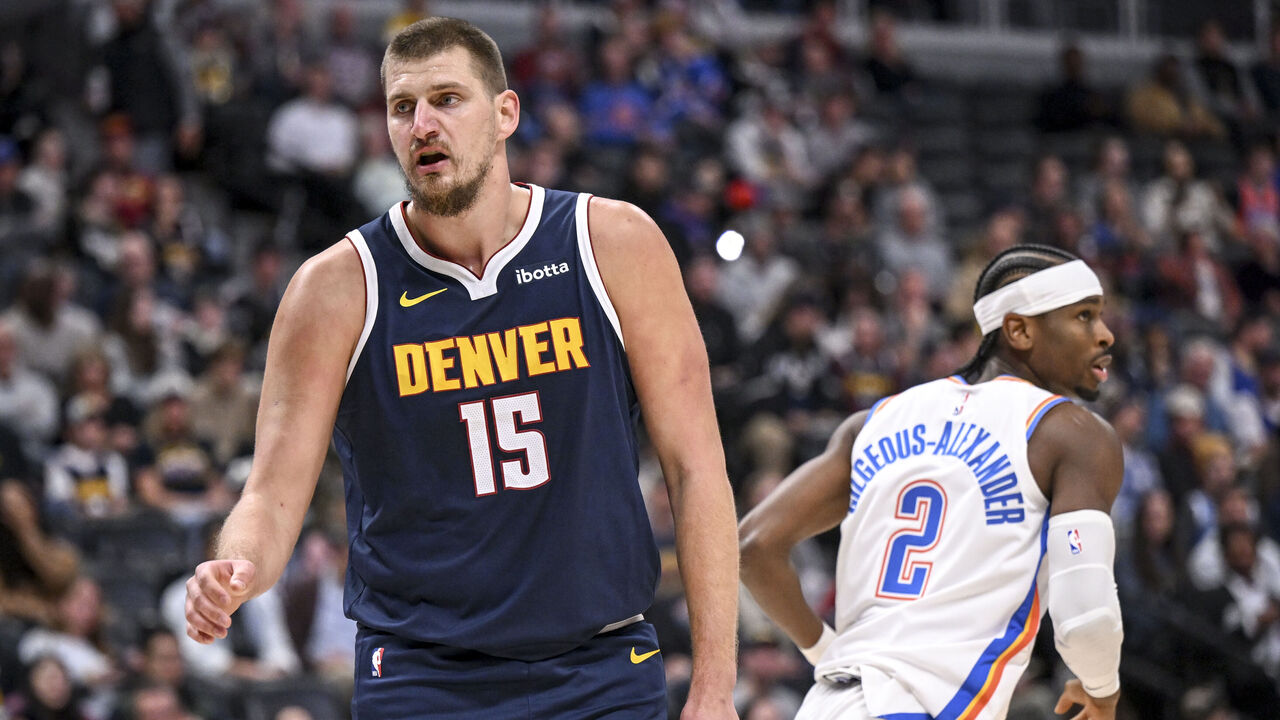 AAron Ontiveroz / Denver Post / Getty Images
AAron Ontiveroz / Denver Post / Getty Images
The postseason – and especially the Finals – is about transcendent talent. Depth can carry you to the playoffs, and an All-Star can drag you into the second or third round, but you need a generational superstar if you want to compete in June. There’s a reason 38 of the last 45 Finals have featured at least one of LeBron James, Tim Duncan, Kobe Bryant, Shaq, Michael Jordan, Magic Johnson, or Larry Bird. Add names like Nikola Jokic, Giannis Antetokounmpo, Stephen Curry, Kevin Durant, Kawhi Leonard, Hakeem Olajuwon, Isiah Thomas, and Luka Doncic and you’ve covered all 45.
There’s no way to quantify with 100% accuracy where players rank individually. But one tool, made famous by Bleacher Report’s Andy Bailey, determines how stars stack up based on their average rank across numerous catch-all stats. According to that data, each of the last 20 champions employed a player who ranked in the top 15 during the regular season.
When you consider how flawless the 2014 Spurs were, and how much better than 15th-ranked Leonard actually was in 2019 (his missed regular-season games affected his place in the rankings), you realize that a top-10 player – arguably top five – is probably necessary.
You’ll also notice every champion featured at least one All-Star, with 15 of the last 20 employing more than one.
All 20 champions also featured at least one All-NBA selection (10 had multiple players on the year-end list), and 17 of the last 20 champs boasted at least one All-Defensive team selection. But those awards won’t be handed out for weeks, so we can’t use them to filter here.
Teams that fit the bill: Nuggets (Jokic), Thunder (Shai Gilgeous-Alexander), Bucks (Antetokounmpo), Celtics (Tatum), Pacers (Tyrese Haliburton), Warriors (Curry), Lakers (Doncic), Timberwolves (Anthony Edwards), Clippers (James Harden, Ivica Zubac), Cavaliers (Donovan Mitchell, Evan Mobley, Jarrett Allen), Knicks (Karl-Anthony Towns)
Potential outliers: Rockets, Pistons, Mavericks
Though Allen had a great season for the East-leading Cavs, no one considers him a top-15 player. One of Alperen Sengun (21st), Cade Cunningham (20th), or Anthony Davis (16th) – if Dallas makes the playoffs – should be on that list instead.
Who’s left standing?
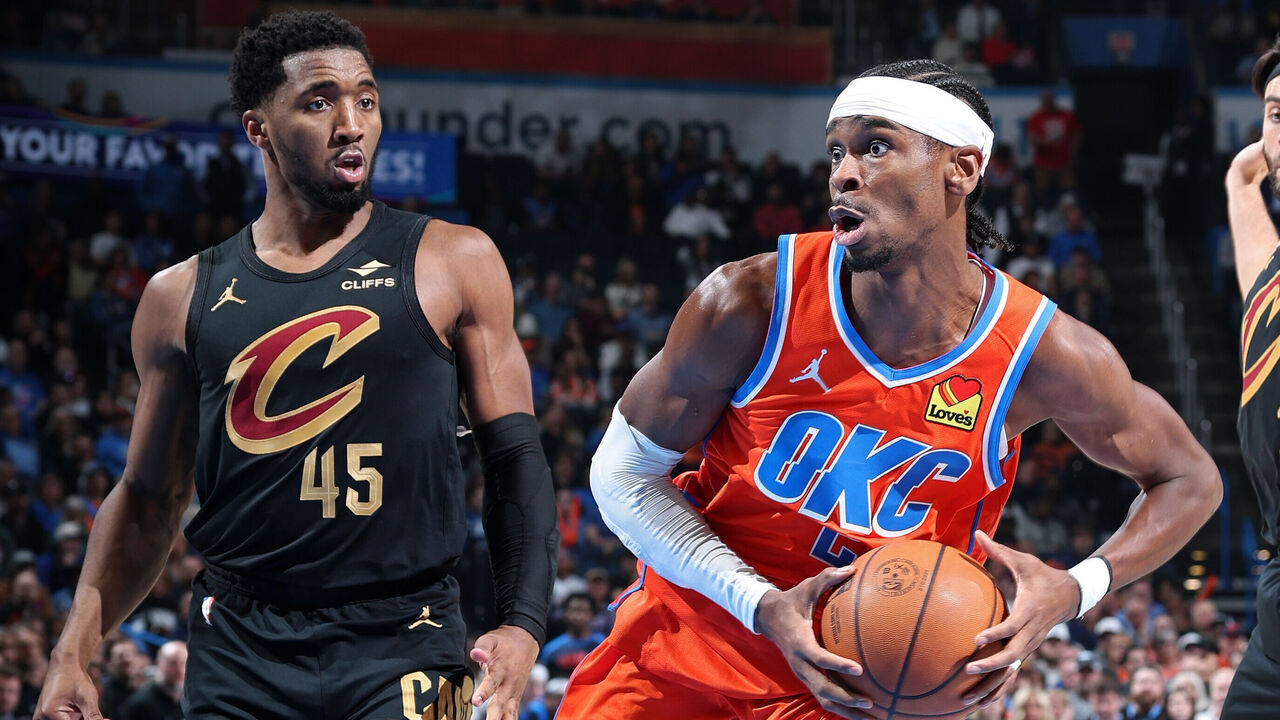
If modern championship history is any indication, either the Thunder or Cavs will be crowned when the 2025 playoffs conclude, with each conference’s top seeds the only squads who met our criteria over the last six months.
Oklahoma City became just the seventh team in the NBA’s 79-year history to record 68 wins in a season, boasted top-three marks in both offensive and defensive efficiency, and finished with the best point differential ever. Led by MVP candidate Gilgeous-Alexander, plus emerging stars Jalen Williams and Chet Holmgren, the Thunder employ a perfectly balanced Big Three featuring a guard, a wing, and a big who are all positive contributors on both ends. That trio is supported by arguably the league’s deepest collection of defenders and shooters, giving head coach Mark Daigneault the most balanced contender in basketball and the closest thing to a flawless team one can hope to construct in the modern era.
As for Cleveland, the shine of a 64-win campaign has worn off a little after an 8-8 finish over the season’s final month, but the Cavs are for real. A giant frontcourt featuring Mobley and Allen protects the undersized backcourt of Mitchell and Darius Garland, while deadline addition De’Andre Hunter is the nearest Cleveland has come to finding a dependable fifth starter (or closer) who can make plays on both ends. Coach of the Year favorite Kenny Atkinson has diversified the Cavs’ attack without sacrificing much defensively, while the team boasts a number of reserves capable of changing a game (or series) with their shooting.
For what it’s worth, the Cavs are the only team that would’ve checked every box using the more stringent cutoffs for both offense and defense.
Potential outliers: Celtics, Lakers, Clippers, Warriors
Boston falling one home win short of our historical comparisons shouldn’t be what determines whether you believe in the defending champions (the deciding factor might be Jaylen Brown’s troublesome right knee). Meanwhile, the Clippers and Warriors played like convincing contenders after adding Leonard and Butler to their respective lineups. The Lakers lack the size of a traditional champion, but it seems silly to declare that a team featuring James and Doncic doesn’t have a chance to win the title.
Happy to be here: Mavericks, Hawks, Heat
Of the 18 teams still standing in the quest for the Larry O’Brien Trophy, Dallas, Atlanta, and Miami are the only three that don’t check a single box. That makes sense, since by the time the actual playoffs tip off, at least one (and possibly two) of those teams will already be eliminated via Friday’s play-in contests.
For what it’s worth, I found clutch-time performance (on either end), free-throw attempt rates, and rebound rates weren’t great indicators of a team’s postseason fortunes.
Joseph Casciaro is theScore’s lead Raptors and NBA reporter.
